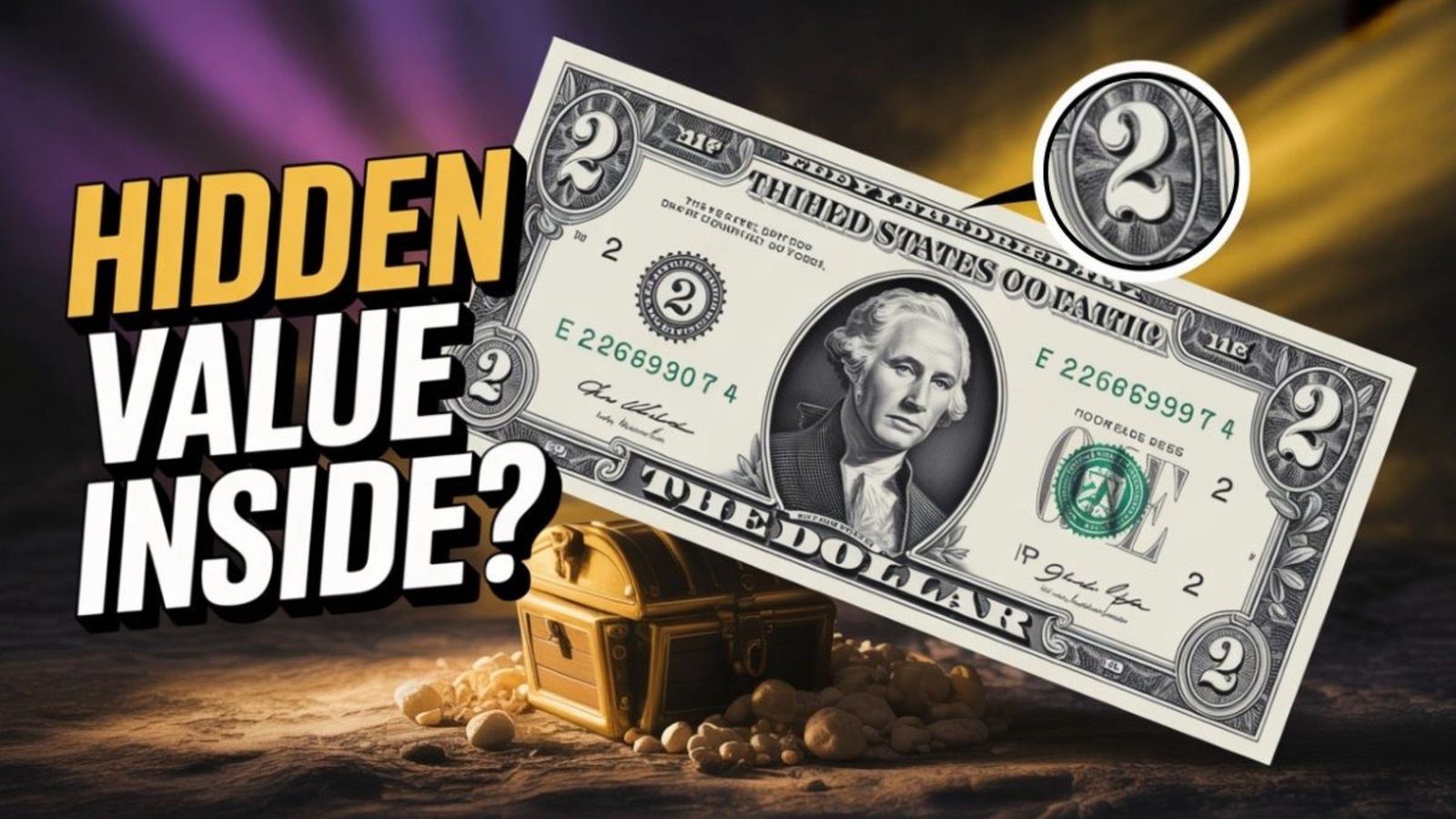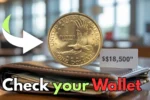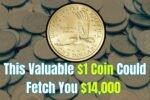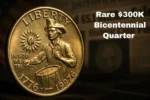At first glance, a 1976 $2 bill might seem like an ordinary piece of currency—quirky, perhaps, but still just two bucks. But in the world of numismatics (currency collecting), not all $2 bills are created equal. Some of these bills are now commanding serious attention—and surprising values—from collectors across the country.
If you’ve got a 1976 $2 bill tucked away in a drawer, it might be time to take a closer look. It could be worth far more than you think.
Why Is the 1976 $2 Bill So Special?
The 1976 $2 bill marked the U.S. Bicentennial celebration, commemorating 200 years of American independence. The Treasury revived the denomination after a 10-year hiatus, featuring a new reverse design: John Trumbull’s painting of the signing of the Declaration of Independence.
It was the first $2 bill issued since 1966, and many people assumed it was rare—so they saved it, often uncirculated and in crisp condition. While that made many of them common, certain details can make specific 1976 $2 bills far more valuable than face value.
What Makes a 1976 $2 Bill Valuable?
Here are the key features that can significantly increase a 1976 $2 bill’s value:
Star Notes
A “star note” replaces the last letter in the serial number with a star symbol (★) and indicates a printing replacement. These are much rarer than standard issues and can be worth $20 to several hundred dollars, depending on condition and printing location.
Low Serial Numbers
Collectors love bills with low serial numbers (e.g., 00000001 to 00000999). These are especially valuable when the bill is in uncirculated condition.
High-Grade/Uncirculated Bills
Bills in gem uncirculated condition (graded 66 or higher) can fetch $50–$500+, depending on rarity and serial number.
Unusual Serial Numbers
Patterns like repeaters (e.g., 45454545), solids (22222222), radar notes (reads the same backward), and binary notes (only two digits used) are prized by collectors.
Uncut Sheets or Mismatched Serial Numbers
Some collectors kept uncut sheets sold by the U.S. Mint. These sheets—and any bill with printing errors—are rare and highly collectible, sometimes commanding thousands of dollars.
How Much Is a 1976 $2 Bill Worth?
| Type | Estimated Value |
|---|---|
| Circulated, common issue | $2–$5 |
| Uncirculated (no special serial) | $8–$20 |
| Star note (circulated) | $20–$75 |
| Star note (uncirculated) | $80–$300+ |
| Low serial number (<1000) | $100–$500+ |
| Fancy serial number | $50–$1000+ |
| Error notes | $500–$5,000+ |
Note: Values can fluctuate based on collector demand, grading, and where the bill was printed (Federal Reserve location matters).
Where Was Your Bill Printed?
Look for a Federal Reserve Bank seal on the left side of the bill:
- A = Boston
- B = New York
- …
- L = San Francisco
Certain locations had lower print runs, making some bills more collectible.
How to Know If You Have a Valuable $2 Bill
- Check the serial number for low numbers, stars, or patterns
- Inspect the condition — uncirculated bills are worth more
- Look for unique printing errors (misalignment, overprints, etc.)
- Note the Federal Reserve bank location
- Consider getting it professionally graded for max resale value
What to Do If You Have One
If you believe you have a valuable 1976 $2 bill:
- Do not fold or clean it
- Place it in a protective sleeve (available at coin and currency stores)
- Get it appraised or graded by services like PMG (Paper Money Guaranty)
- Consult collectors or online forums for expert opinions
- Sell via reputable auction sites, dealers, or numismatic shows
Final Thoughts
That dusty old $2 bill from 1976 might be more than a fun piece of history—it could be a hidden treasure. While many are worth just a few bucks, star notes, low serials, and rare printing errors can turn that small piece of paper into a small fortune.
Before you spend it on a cup of coffee, give your bill a closer look. You might be holding a miniature masterpiece of American currency history.




